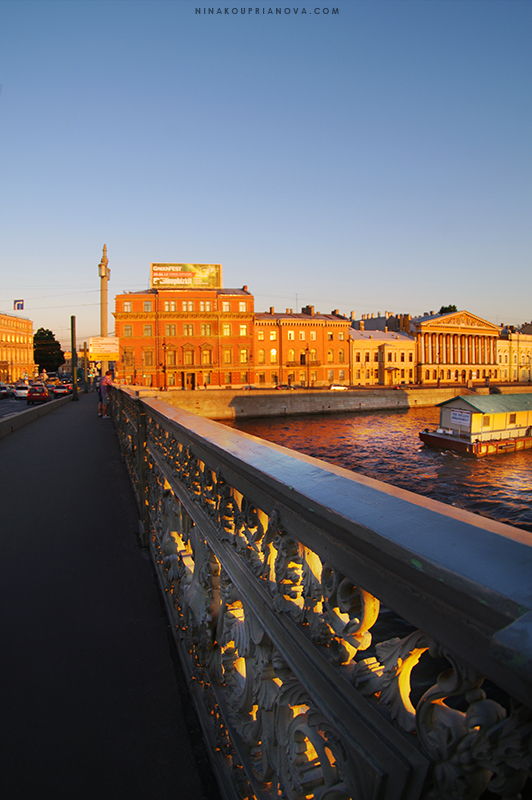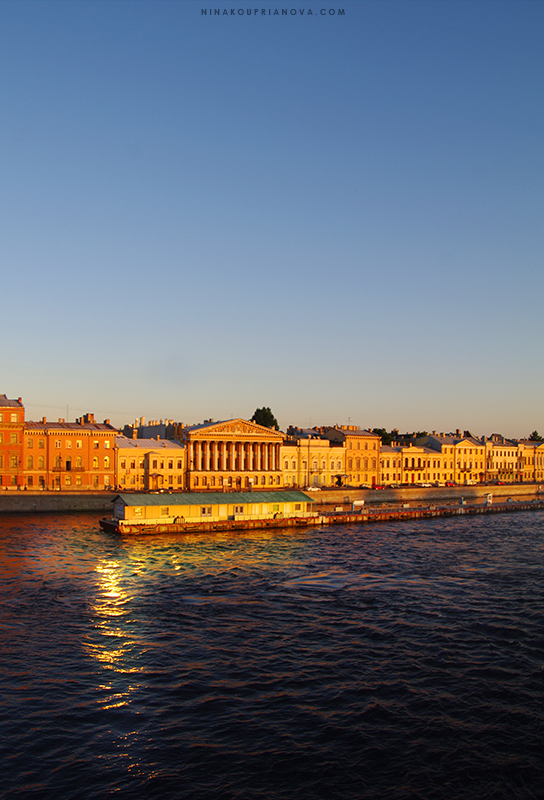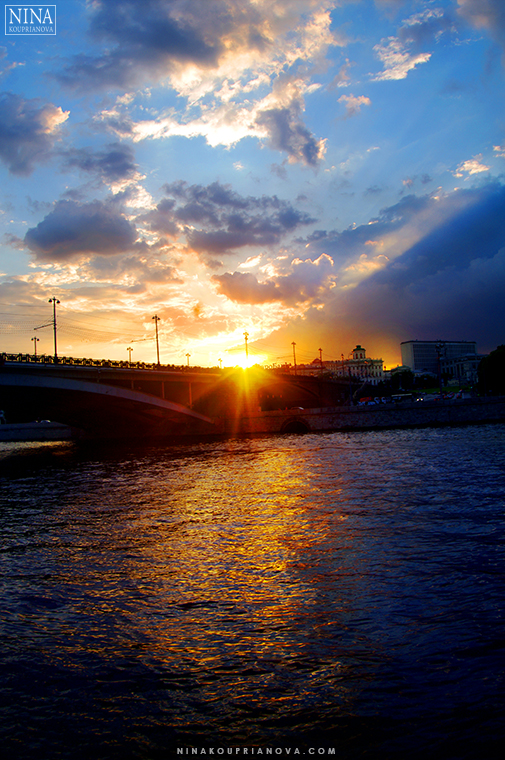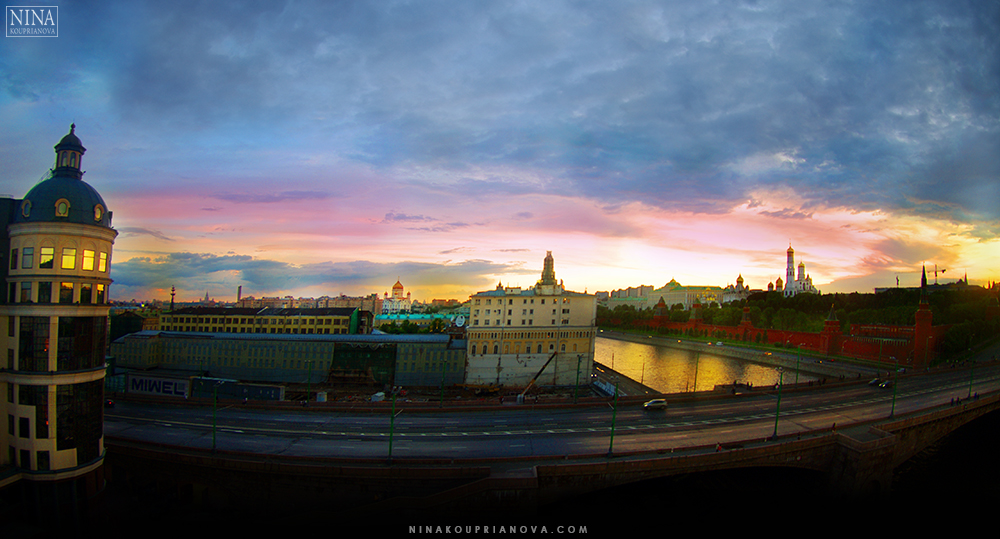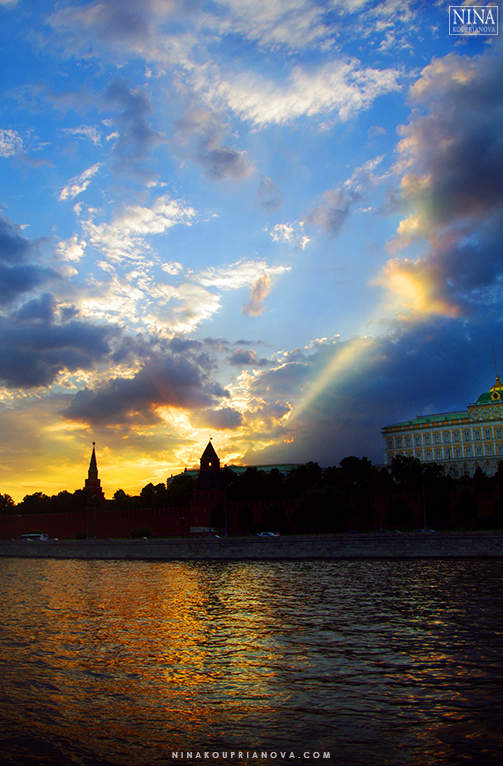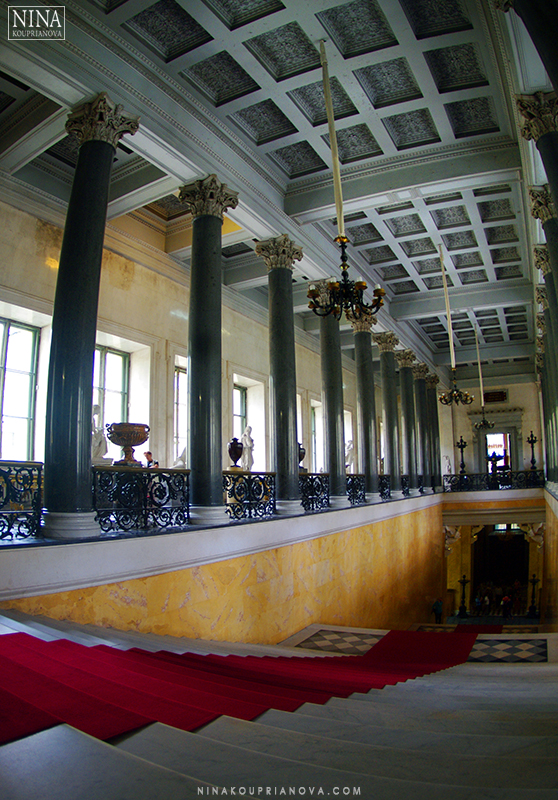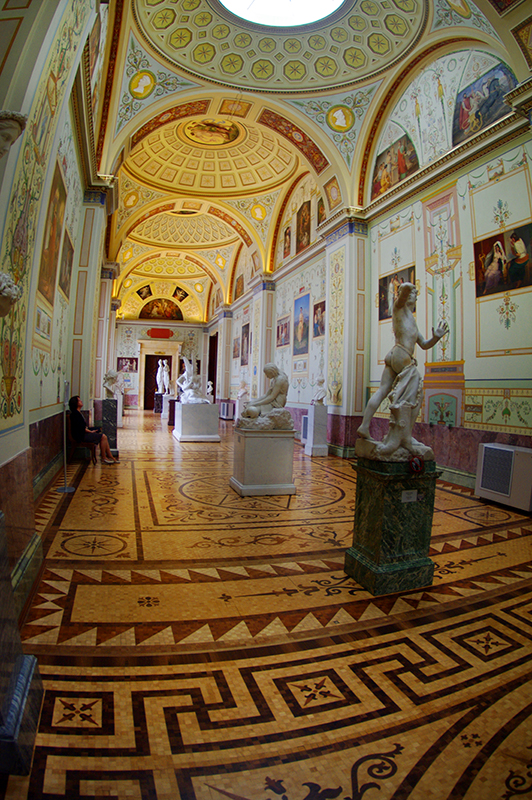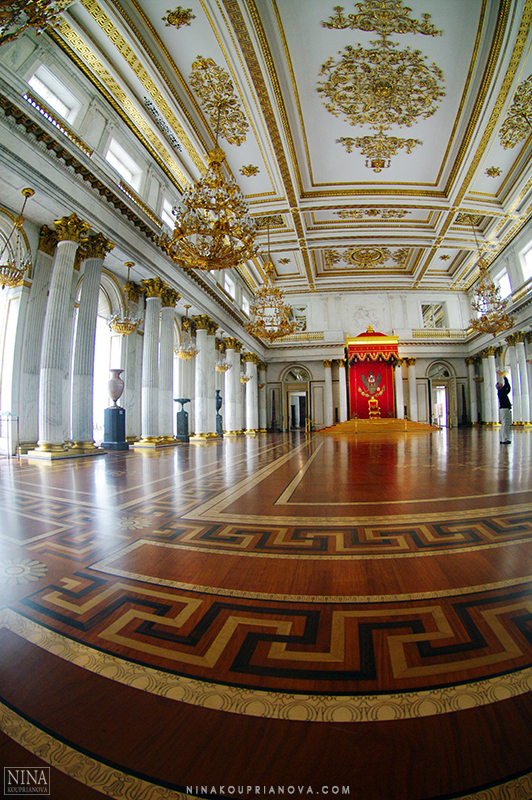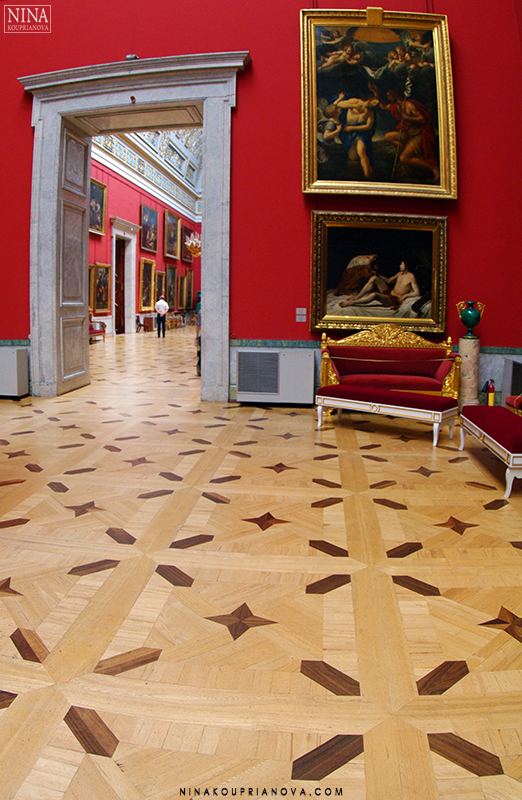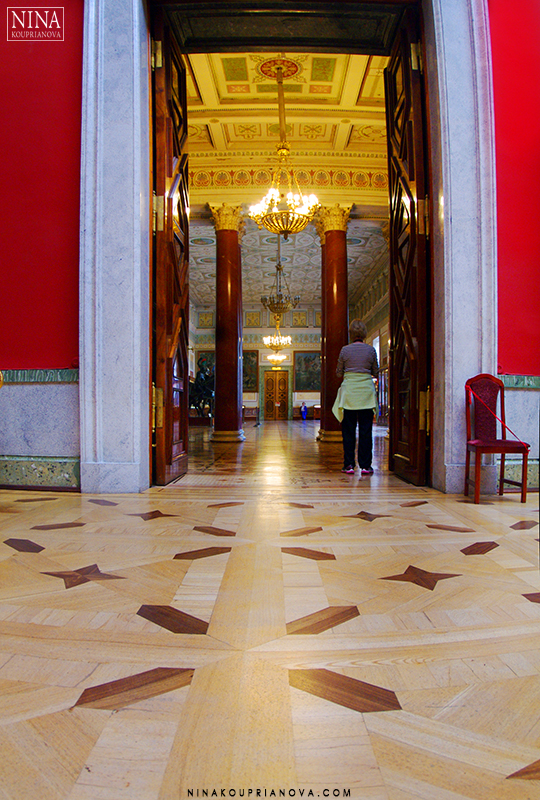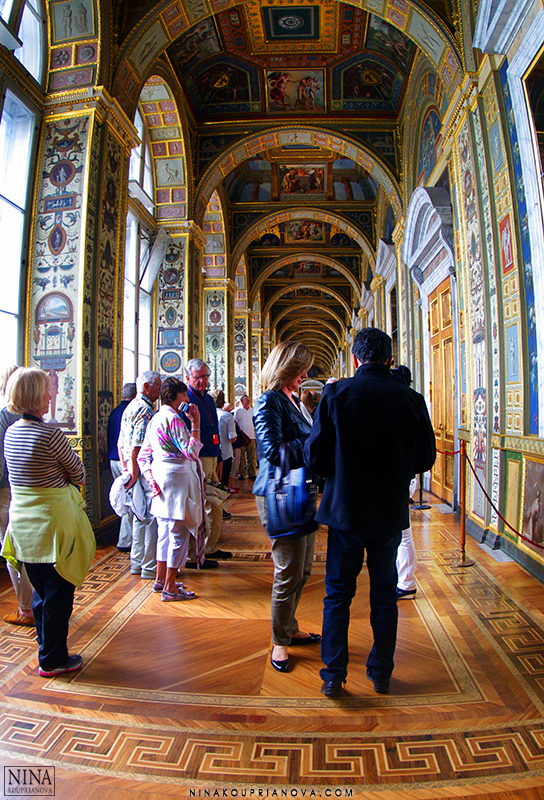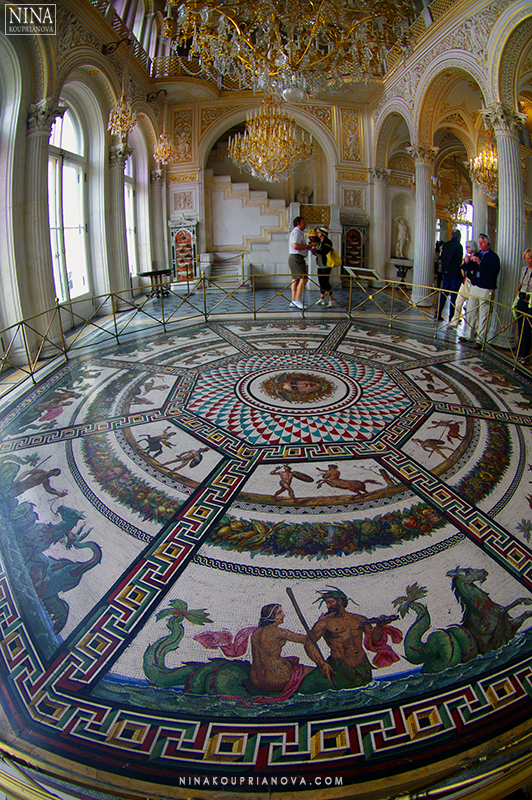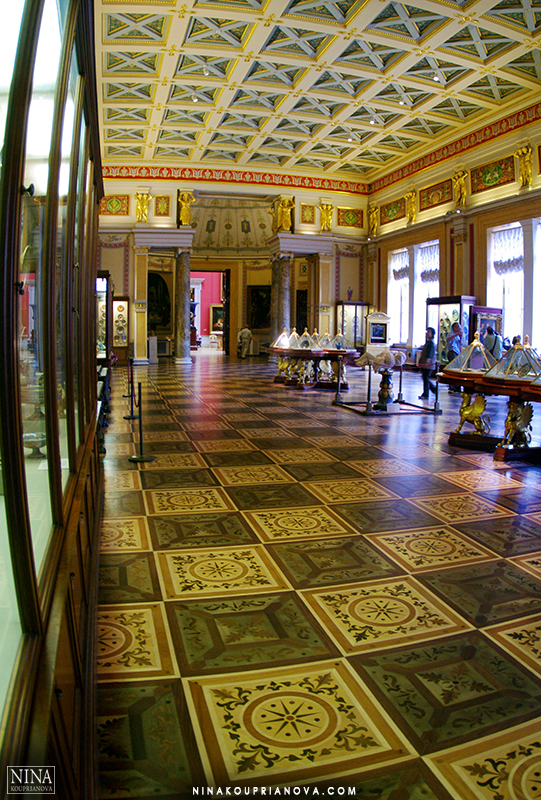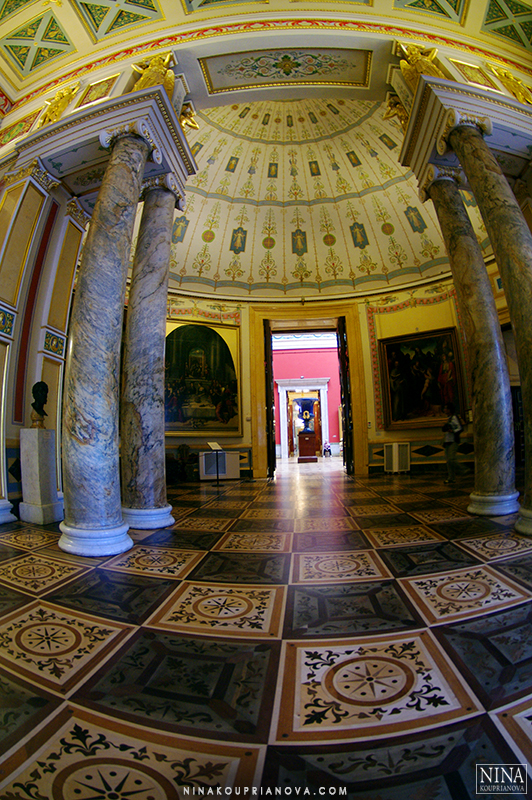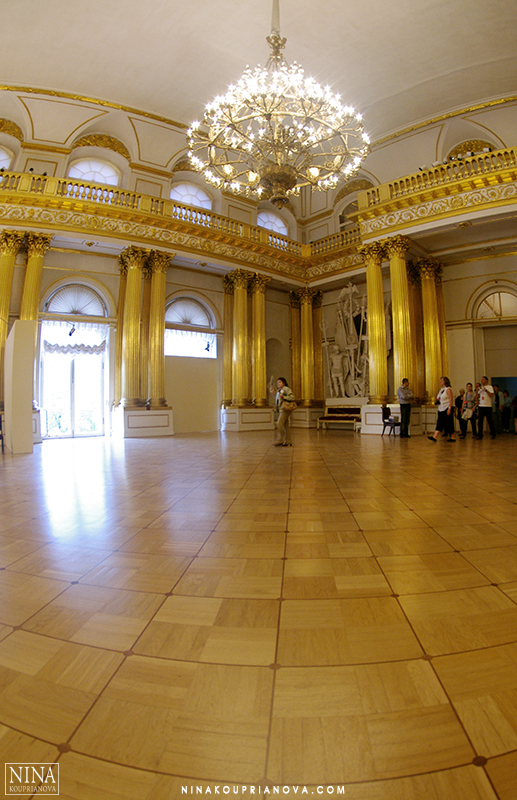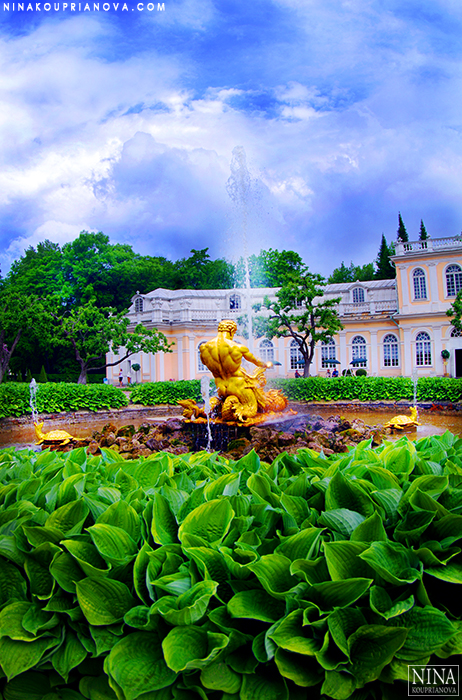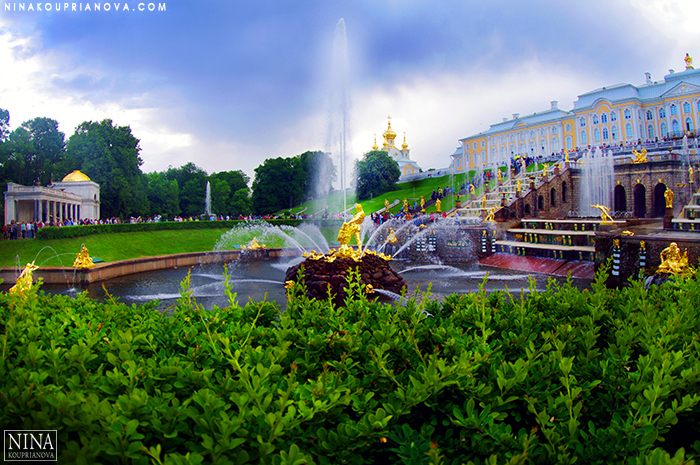With days waning and nights getting longer--it's even more apparent in the prairies than in the mountains--I realized that I never shared any White-Nights images from Russia's northern capital (apart from mobile shots on social networks).
In June, even after 10 o'clock at night, the sky remains light, and everything around--churches, statues, bridges, and you--acquires a honeyed glow. Couples stroll, and sea gulls hunt in this seemingly neverending golden hour, whereas austere stone looks as gilded as the dome of St. Isaac's cathedral eclipsing Saint Petersburg's skyline.
Everything is reduced to two royal shades: blue and gold.
This, perhaps, is one of the reasons Peter I chose this location to construct his imperial capital just over three hundred years ago.
